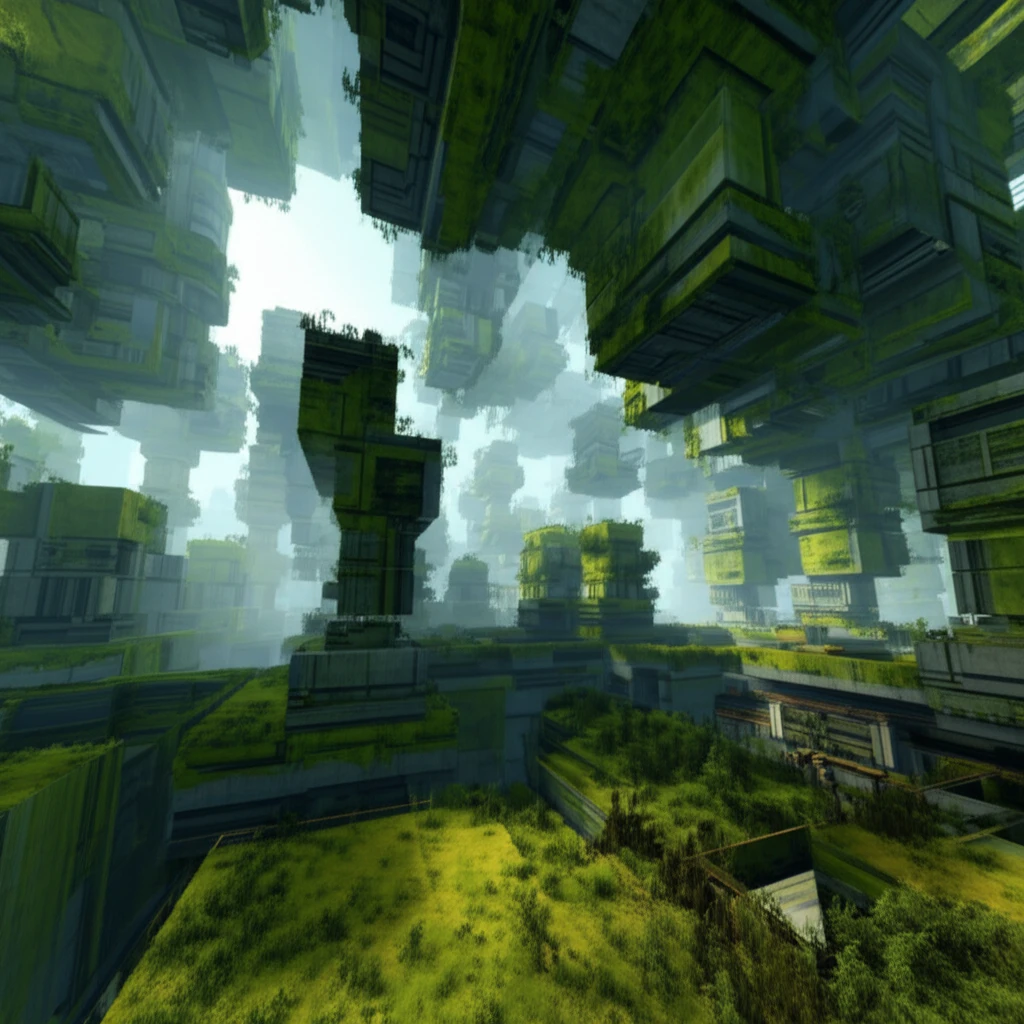
Concrete Jungle Woes: Can Alkali-Activated Cements Save Our Structures?
"Discover how innovative, corrosion-resistant cements are designed to combat aggressive environmental conditions, offering a sustainable solution for durable infrastructure."
In today's world, as construction projects continue to expand, ensuring the long-lasting strength of our structures has become a top priority. The durability of concrete isn't just about withstanding everyday wear and tear; it's heavily influenced by the specific conditions it faces. Factors like the type of cement used play a crucial role in determining how well a structure holds up over time.
One area of particular interest is creating concrete that can resist corrosion, especially when used in specialized projects. Currently, there isn't a single, all-encompassing solution for designing concrete mixes that can tackle every type of corrosion challenge. The ability of concrete to resist corrosion depends on several key characteristics, including the type of cement and its makeup, the blend of hydration products, the water-to-cement ratio, the use of additives, the composition of aggregates, and the overall pore structure.
When designing corrosion-resistant concrete mixes, it's essential to consider the specific service conditions and the types of aggressive exposures the concrete will face. Recent research has focused on developing alkali-activated cements that can stand up to these challenges by carefully controlling the chemical reactions within the cement to enhance its resistance to breakdown.
Decoding Alkali-Activated Cements: A Shield Against Corrosion?

Traditional thinking has us believing that alkali-activated cements, especially those made from granulated blast-furnace slag and fly ash, could revolutionize how we approach corrosion-resistant concrete. These materials, championed by scientists like Professor V.D. Glukhovsky, have shown great promise in creating concretes that not only resist corrosion but also boast impressive strength and resilience.
- Composition Control: Alkali content and calcium-containing components are carefully regulated to optimize the hydration products.
- Superior Performance: Cements like APC III-400 and ACC V-400 demonstrate higher corrosion resistance than Ordinary Portland Cement (OPC).
- Versatile Application: Ideal for use in environments with aggressive substances like sodium and magnesium sulfates.
Building a Future with Durable Concrete: The Road Ahead
The development and application of alkali-activated cements represent a significant leap forward in our ability to create more durable and sustainable concrete structures. By understanding and harnessing the properties of these innovative materials, we can reduce maintenance, extend the lifespan of infrastructure, and minimize the environmental impact of construction.
As research continues, it's likely that we'll see even more specialized formulations of alkali-activated cements tailored to specific environmental challenges. The key will be optimizing the composition to promote the formation of corrosion-resistant hydration products while maintaining the necessary strength and workability.
By embracing these advancements, we can ensure that our buildings, bridges, and other concrete structures stand the test of time, even in the face of increasingly aggressive environmental conditions.
